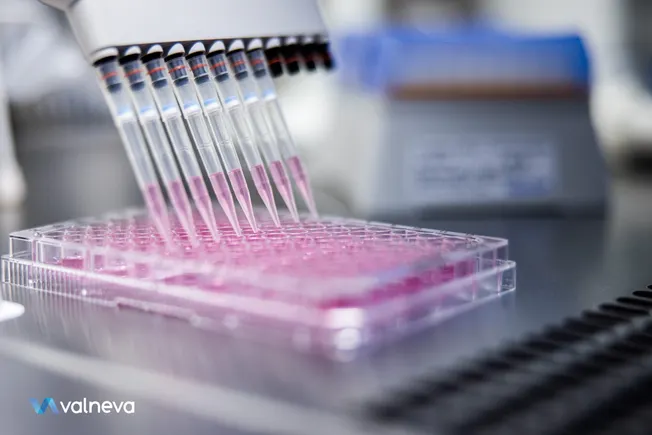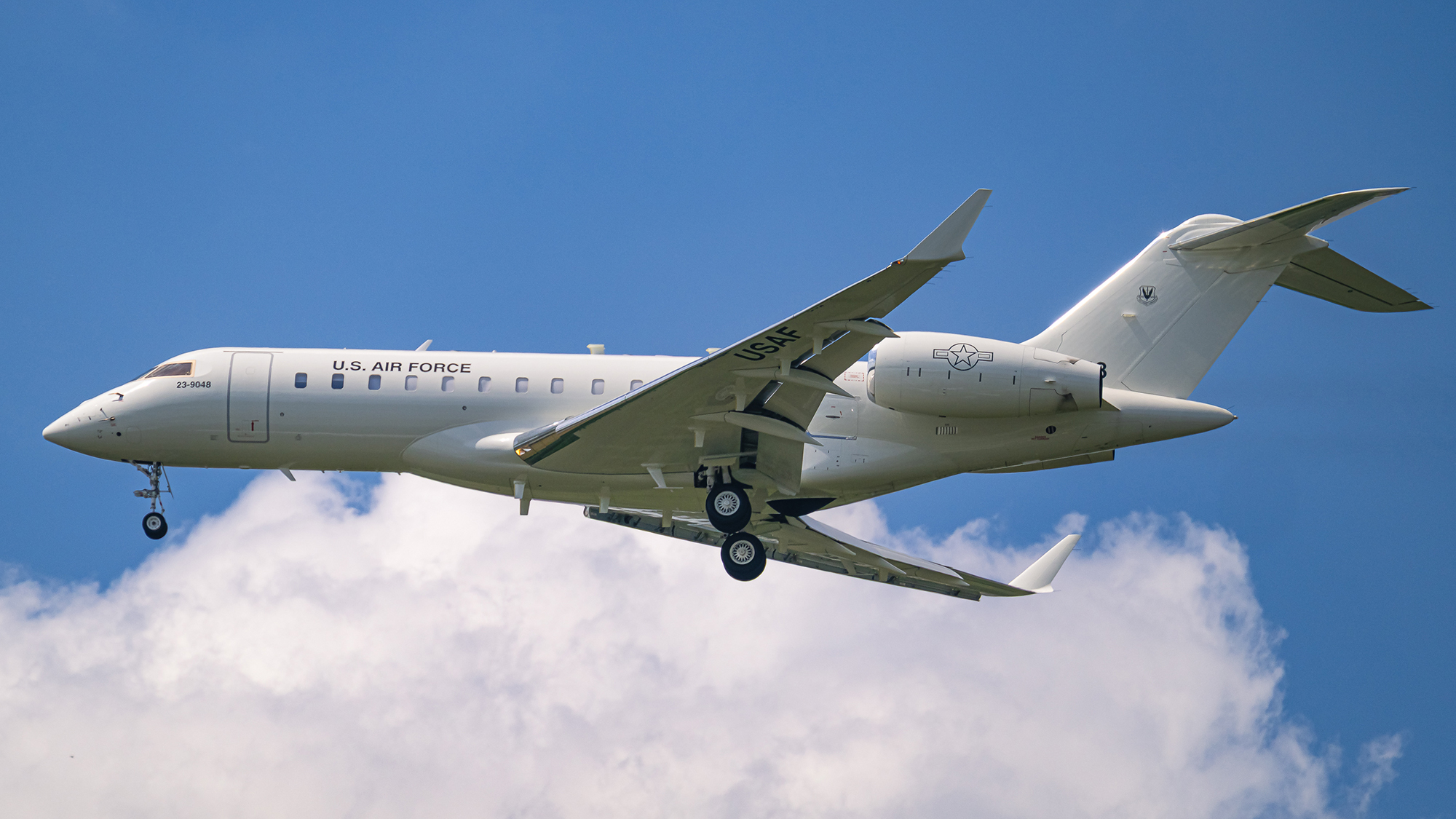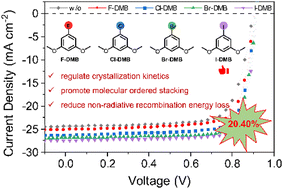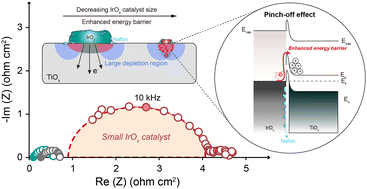Comparative single-cell transcriptomic atlases of drosophilid brains suggest glial evolution during ecological adaptation
by Daehan Lee, Michael P. Shahandeh, Liliane Abuin, Richard Benton To explore how brains change upon species evolution, we generated single-cell transcriptomic atlases of the central brains of three closely related but ecologically distinct drosophilids: the generalists Drosophila melanogaster and Drosophila simulans, and the noni fruit specialist Drosophila sechellia. The global cellular composition of these species’ brains is well-conserved, but we predicted a few cell types with different frequencies, notably perineurial glia of the blood–brain barrier, which we validate in vivo. Gene expression analysis revealed that distinct cell types evolve at different rates and patterns, with glial populations exhibiting the greatest divergence between species. Compared to the D. melanogaster brain, cellular composition and gene expression patterns are more divergent in D. sechellia than in D. simulans—despite their similar phylogenetic distance from D. melanogaster—indicating that the specialization of D. sechellia is reflected in the structure and function of its brain. Expression changes in D. sechellia include several metabolic signaling genes, suggestive of adaptations to its novel source of nutrition. Additional single-cell transcriptomic analysis on D. sechellia revealed genes and cell types responsive to dietary supplement with noni, pointing to glia as sites for both physiological and genetic adaptation to this fruit. Our atlases represent the first comparative datasets for “whole” central brains and provide a comprehensive foundation for studying the evolvability of nervous systems in a well-defined phylogenetic and ecological framework.
by Daehan Lee, Michael P. Shahandeh, Liliane Abuin, Richard Benton To explore how brains change upon species evolution, we generated single-cell transcriptomic atlases of the central brains of three closely related but ecologically distinct drosophilids: the generalists Drosophila melanogaster and Drosophila simulans, and the noni fruit specialist Drosophila sechellia. The global cellular composition of these species’ brains is well-conserved, but we predicted a few cell types with different frequencies, notably perineurial glia of the blood–brain barrier, which we validate in vivo. Gene expression analysis revealed that distinct cell types evolve at different rates and patterns, with glial populations exhibiting the greatest divergence between species. Compared to the D. melanogaster brain, cellular composition and gene expression patterns are more divergent in D. sechellia than in D. simulans—despite their similar phylogenetic distance from D. melanogaster—indicating that the specialization of D. sechellia is reflected in the structure and function of its brain. Expression changes in D. sechellia include several metabolic signaling genes, suggestive of adaptations to its novel source of nutrition. Additional single-cell transcriptomic analysis on D. sechellia revealed genes and cell types responsive to dietary supplement with noni, pointing to glia as sites for both physiological and genetic adaptation to this fruit. Our atlases represent the first comparative datasets for “whole” central brains and provide a comprehensive foundation for studying the evolvability of nervous systems in a well-defined phylogenetic and ecological framework.




















































































































































